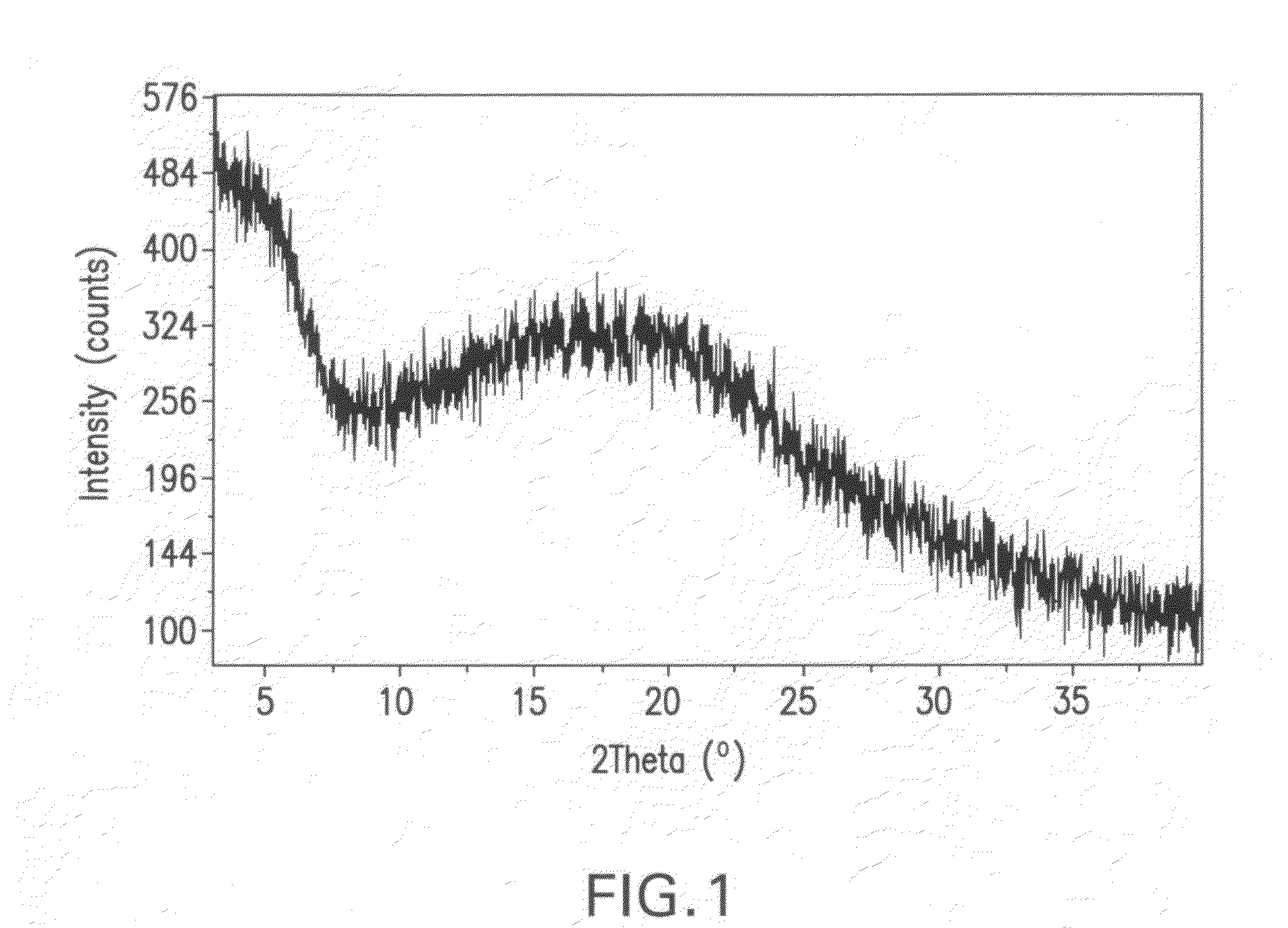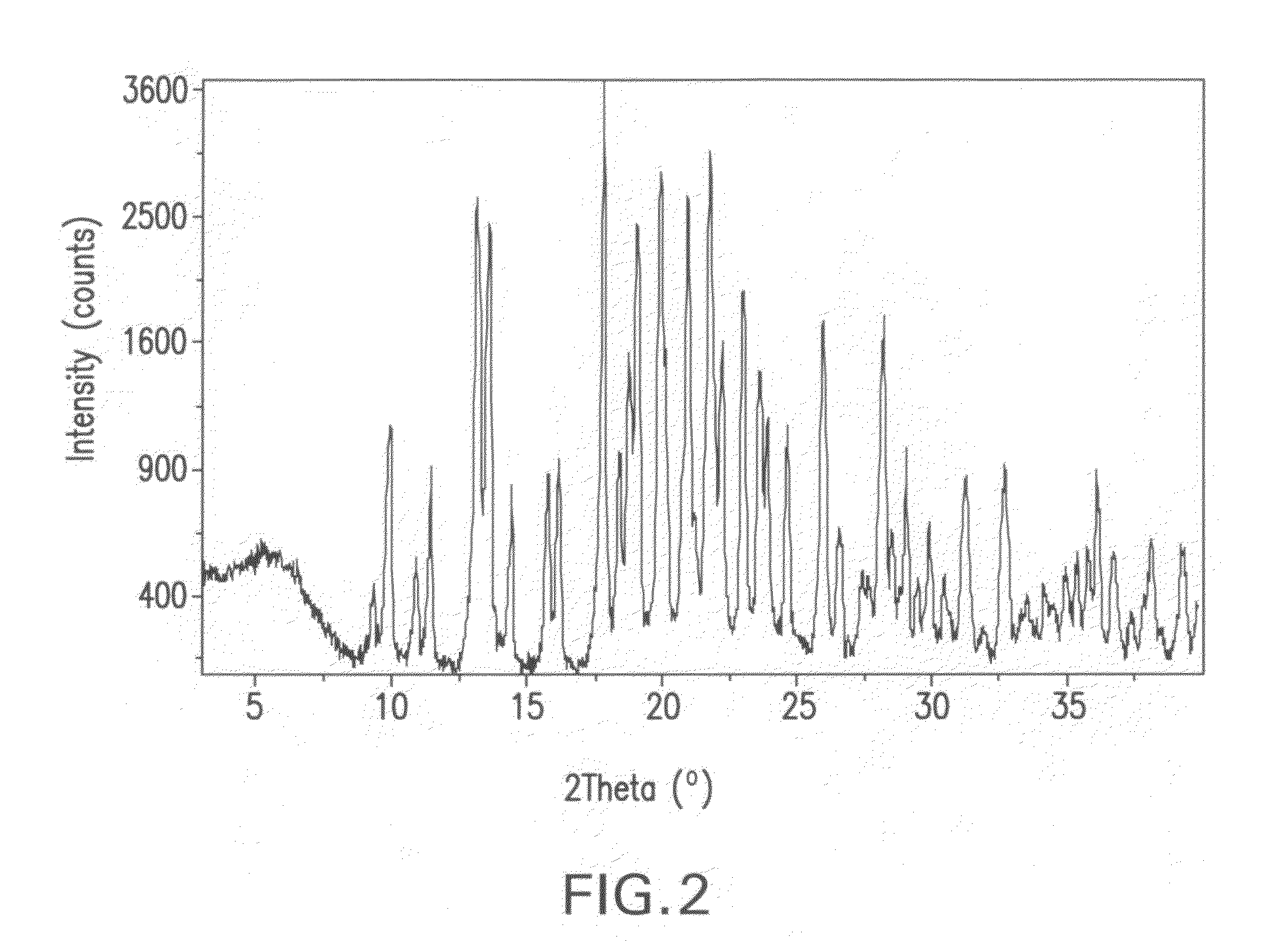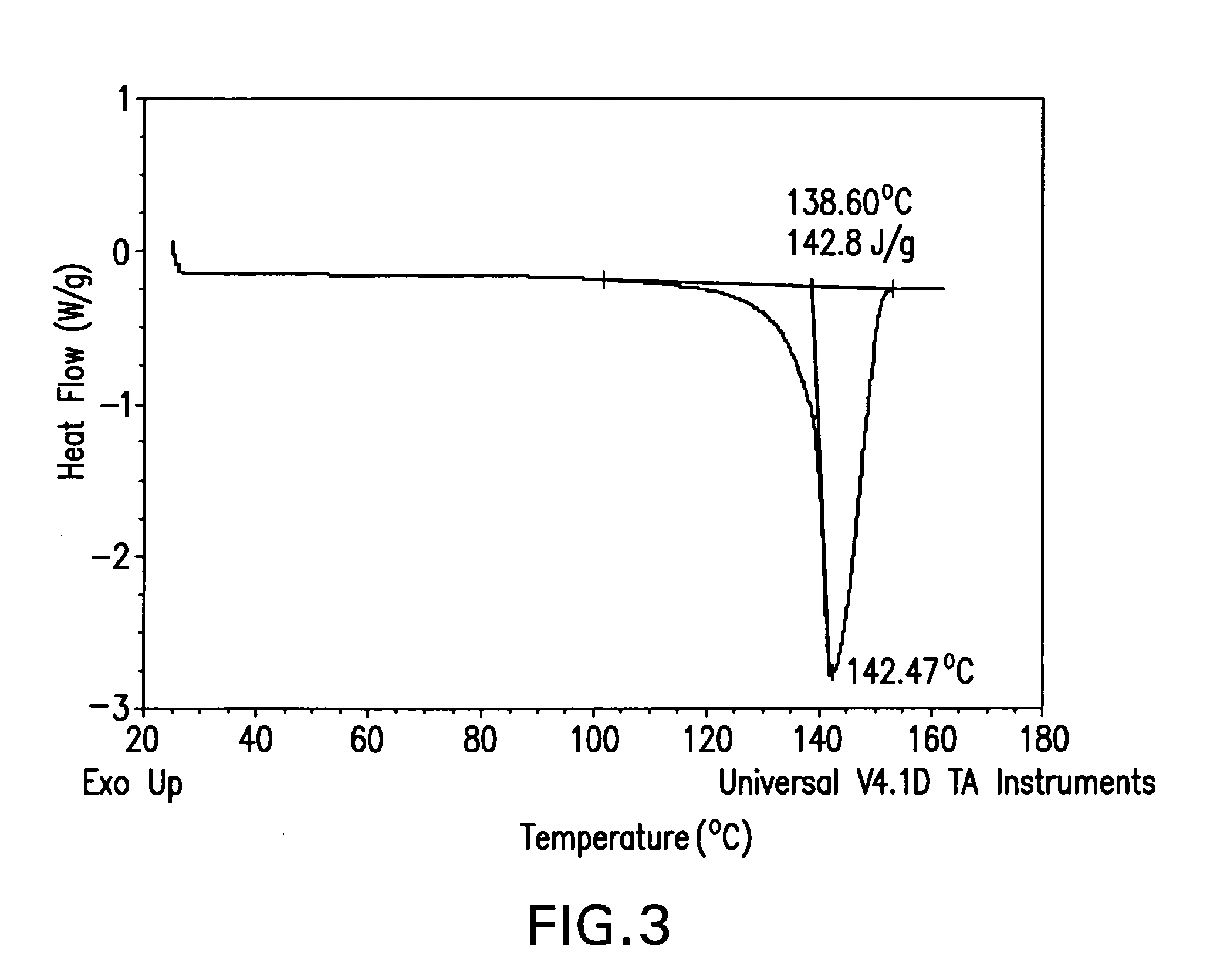Crystalline forms of an HIV integrase inhibitor
a technology of hexahydrodiazocinonaphthyridine trione and integrase inhibitor, which is applied in the field of crystalline forms of hiv integrase inhibitors, can solve the problems of difficult control of the impurity content and material properties (e.g., particle size and morphology) of an amorphous drug substance, and achieves better thermal and moisture stability
- Summary
- Abstract
- Description
- Claims
- Application Information
AI Technical Summary
Benefits of technology
Problems solved by technology
Method used
Image
Examples
example 1
Isomers M and P of (4R)-11-(3-Chloro-4-fluorobenzyl)-4,9-dihydroxy-2,5,5-trimethyl-3,4,5,6,12,13-hexahydro-2H[1,4]diazocino[2,1-a]-2,6-naphthyridine-1,8,10(11H)-trione
[0112]
Step 1: 1-(3-Chloro-4-fluorobenzyl)piperidin-2-one
[0113]To a cold (0° C.) solution of valerolactam (153.30 g, 1.54 mol) in mixture of anhydrous 1-methyl-2-pyrrolidinone (3.5 L) and THF (350 mL), sodium hydride (67.7 g, 1.69 mol, 60% dispersion in oil) was added over a period of 5 minutes. The reaction mixture was stirred for 30 minutes, and a solution of 3-chloro-4-fluorobenzylbromide (345.5 g, 1.54 mol) in 1-methyl-2-pyrrolidinone (200 mL) was added over 30 minutes at 0° C. The reaction mixture was stirred at 0° C. for 1 hour, and was allowed to warm up and stirred at room temperature overnight. The reaction mixture was quenched with distilled water (5 L), and extracted with dichloromethane (three times; 2 L, 1 L, 1 L). The organic extracts were combined, washed with water (3×; 4 L each time). The residual oil w...
example 2
Crystalline ethanolate of Isomer M
Part A: Preparation
[0153]Isomer M (10 g) was dissolved in 100 mL of CH2Cl2 and then the solution was concentrated under reduced pressure (40-60 mm Hg) with feeding of EtOH to keep a constant total volume of 100 mL until all of the CH2Cl2 was removed. Crystals began to form during the solvent switch and the slurry resulting from the switch was aged at 25° C. with stirring for two hours. The crystalline material was then separated from the slurry by filtration, washed with ethanol (50 mL), and dried in an oven at 40° C. for 12 hours to provide the title product, which was determined to be a crystalline ethanolate by the characterization studies described below.
Part B: Characterization
[0154]An XRPD pattern of crystalline ethanolate prepared in accordance with the method described in Part A was generated on a Philips Pananalytical X'Pert Pro X-ray powder diffractometer with a PW3040 / 60 console using a continuous scan from 2.5 to 40 degrees 2Θ. Copper K-...
example 3
Crystalline Hydrate of Isomer M
Part A: Preparation
[0158]Crystalline ethanolate of Isomer M (10 g) prepared in accordance with the method described in Part A of Example 2 was slurried in 100 mL of water at 30° C. and then aged at 30° C. with stirring for 24 hours. The crystalline solids were then separated from the slurry by filtration, washed with water (30 mL), and dried in an oven at 40° C. for 12 hours to provide the title product, which was determined to be a crystalline hydrate by the characterization studies described below.
Part B: Characterization
[0159]An XRPD pattern of crystalline hydrate prepared in accordance with the method described in Part A was generated using the same diffractometer and the same conditions as set forth in Part B of Example 2. The XRPD pattern is shown in FIG. 6. 2Θ values, the corresponding d-spacings, and the relative peak intensities in the XRPD pattern include the following:
TABLE 4XRPD of crystalline hydratePeak No.d-spacing (Å)2 ThetaI / Imax (%)12...
PUM
| Property | Measurement | Unit |
|---|---|---|
| Temperature | aaaaa | aaaaa |
| Temperature | aaaaa | aaaaa |
| Density | aaaaa | aaaaa |
Abstract
Description
Claims
Application Information
 Login to View More
Login to View More - R&D
- Intellectual Property
- Life Sciences
- Materials
- Tech Scout
- Unparalleled Data Quality
- Higher Quality Content
- 60% Fewer Hallucinations
Browse by: Latest US Patents, China's latest patents, Technical Efficacy Thesaurus, Application Domain, Technology Topic, Popular Technical Reports.
© 2025 PatSnap. All rights reserved.Legal|Privacy policy|Modern Slavery Act Transparency Statement|Sitemap|About US| Contact US: help@patsnap.com



